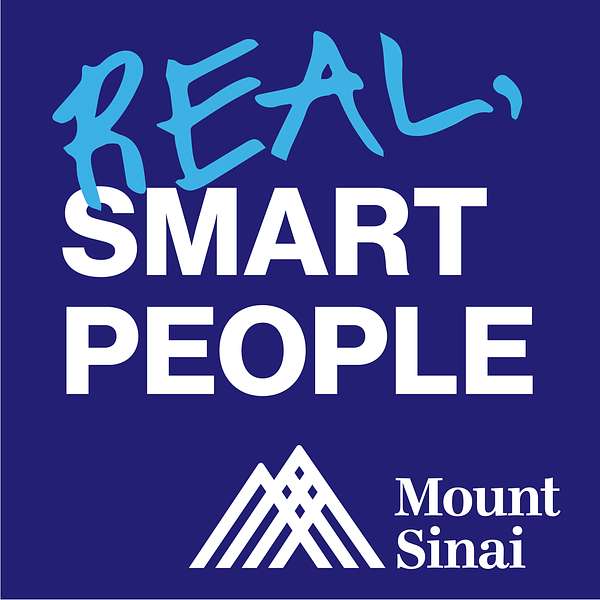
Real, Smart People
Real, Smart People
Joshua: The Sculptor
Neurosurgeon Joshua Bederson, MD, has performed more than 4,000 neurosurgeries at Mount Sinai. In this audio profile, he talks about the beauty of the brain and the connection between neurosurgery and his other passion: sculpting. Dr. Bederson is Leonard I. Malis, MD / Corinne and Joseph Graber Professor of Neurosurgery and System Chair for the Department of Neurosurgery at Mount Sinai Health System.
Links
I guess you would call it a ritual, but it's more than a ritual. What I do before every case is I stop. I say a little prayer, I guess you'd call it, even though I'm not a religious person. Just"J.B., do everything you can to not hurt this person." I'm not sure that's related to the complexity of the brain so much as to the need to focus fully on what you're doing. My name is Joshua Bederson. I'm Professor and Chairman of Neurosurgery at the Mount Sinai Health System. The structures in the brain are very soft and delicate. A cranial nerve that moves the eye, for example, can be one millimeter in diameter or less, and it can have the consistency of wet tissue paper. Imagine trying to hold a piece, a string of wet tissue paper between your two fingers, or the fingers of your two hands. It wouldn't take much tension to rip that tiny piece of wet tissue paper. And many of those cranial nerves and structures are in canals and tunnels of bone. Meaning that in order to get access, you have to use instruments and tools capable of drilling bone that can be as hard as cement. And yet the structure you're trying to save is as delicate as wet tissue paper. There are times even in my daily surgeries where the distance between success and tragedy is a fraction of a millimeter. There's something awe-inspiring about doing that on a daily basis. How many surgeries have I performed? Well, since coming to Mount Sinai I have performed approximately 4,000 open neurosurgery procedures. Of course there were many hundreds and thousands of procedures that went into my training. So I'm getting up there in terms of numbers. I love using my hands and if I'm not using my hands in the operating room, I'm in my studio doing things. Since second grade I've been going to art school and art classes. And in the subtractive sculptures that I do, like carving stone and wood, you can envision the hand or the face inside the stone and you release it by removing the part of stone and wood that is not relevant. In neurosurgery, you remove something that is potentially ugly, like a tumor or an aneurysm, and you peel it away, you carefully remove it from within and from without, and the reward at the end is a view of what has to be the most beautiful art on the planet, which is the interior structures of the brain as pathways of nerves and spinal fluid and blood are revealed. Those are extremely beautiful. I think the real connection for me is in appreciating beauty, creating beauty, and in finding beauty. If I could snap my fingers and unlock one mystery about the brain, it would be— what can we do about consciousness and unconsciousness, when it seems that most of the structures that should support consciousness are there, but the patient doesn't wake up? The level of consciousness is adversely affected by some combination of structural or circuitry abnormalities. And yet all of our studies and scans would lead us to believe that the structures underlying consciousness should be available. So augmented reality and other technologies are already making surgeries faster, safer, less invasive. We create a virtual 3D-reality scenario about a patient. And we use that during surgery to see important structures and avoid dangerous ones before we get to them. That's now. What I see happening in the future is that we will be able to connect instruments directly to that visual information. So that now, instead of seeing that you have to stop because you're reaching the carotid artery, you will feel your instruments stop. If I could give myself a piece of advice when I was younger, I would say some combination of vision and desire and impatience is necessary to get a lot done. But flexibility and patients are also necessary, because there's so many roadblocks and obstacles along the way. So although I have managed to get something done, I feel like most of what I've been doing is two steps forward and 1.95 steps backward. And yet there's steady progress forward because the net result is 0.05 steps forward with each step.